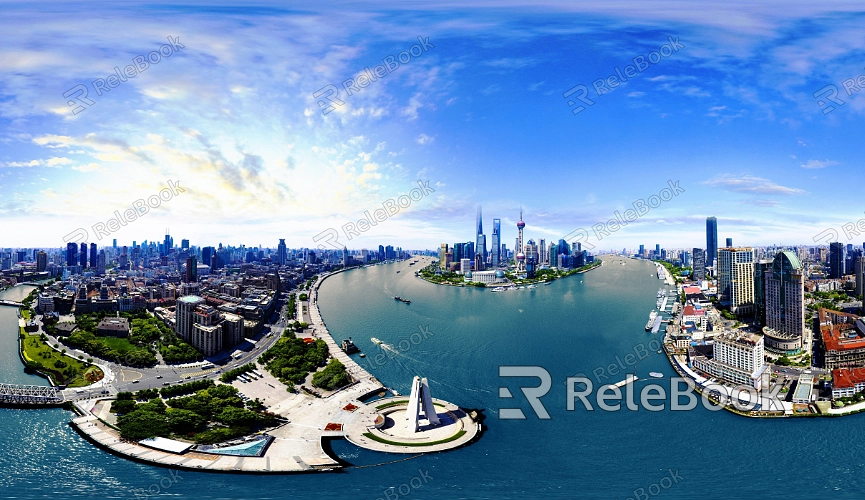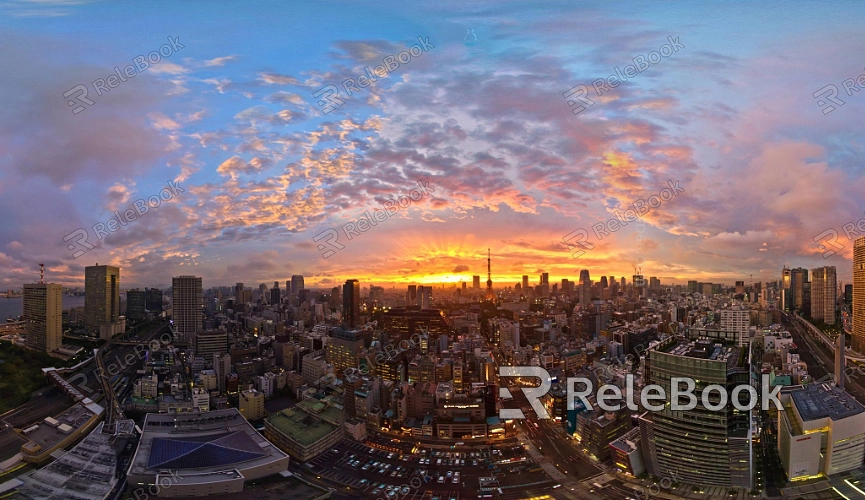How to Convert HDR to JPG
HDR images are widely used in 3D modeling and rendering due to their ability to capture a broad range of brightness and color. However, there are situations where designers need to convert HDR images to JPG format, such as when reducing file size, improving compatibility, or preparing the final output for display. This article will guide 3D modeling and rendering professionals through the process of converting HDR to JPG, making it easier to manage and optimize their workflow.

1. Differences Between HDR and JPG Formats
Characteristics of HDR Images
HDR images are designed to capture scenes with a high dynamic range, displaying rich details from the brightest highlights to the darkest shadows. This makes HDR especially valuable for creating realistic lighting effects, particularly in rendering environmental lighting and reflections. However, HDR files tend to be large and contain more information, making them more suitable for use during the rendering process.
Features of JPG Images
JPG is one of the most common image formats, known for its high compression and widespread compatibility. Compared to HDR, JPG images have a more limited dynamic range and less color information. Nevertheless, their small file size and quick loading times make JPGs ideal for final presentations and sharing.
2. Why Convert HDR to JPG?
Compatibility Needs
While HDR images are incredibly useful in professional software, the final output often needs to be presented in a more widely compatible format like JPG. For example, web design typically does not support HDR files, so converting them to JPG ensures easier embedding and display.
File Size Considerations
HDR images are usually much larger than JPGs. When storage space needs to be conserved or transmission efficiency improved, converting HDR to JPG is a practical choice. For images that need to be quickly loaded on different devices or platforms, JPG is a more suitable format.
Ease of Sharing and Presentation
In many projects, the final results must be presented to clients or team members. JPG’s universal compatibility allows images to be viewed on various devices without requiring special software. Converting HDR images to JPG makes them easier to share and present.

3. Basic Steps to Convert HDR to JPG
Choose the Right Tool
Before beginning the conversion, select an appropriate tool. Common software like Photoshop, GIMP, or specialized image conversion tools can all handle HDR to JPG conversion. Choosing software that you are familiar with and that supports HDR image processing can enhance both the efficiency and quality of the conversion.
Open the HDR Image
Start by opening the HDR image in the chosen software. At this stage, you can preview the HDR image and make any initial adjustments, such as color correction or exposure adjustments, to ensure the resulting JPG meets your expectations.
Apply Tone Mapping
Since HDR images contain a dynamic range that exceeds what JPG can display, tone mapping is necessary during conversion to compress this information into a range that JPG can handle. The tone mapping settings will directly impact the brightness, contrast, and color representation of the final JPG image.
Adjust Image Settings
After applying tone mapping, you can further tweak the image’s brightness, contrast, saturation, and other parameters. These adjustments will influence the final appearance of the JPG image. Designers can make fine-tuning adjustments based on the specific needs of their project to ensure the image aligns with their desired outcome.
Save as JPG Format
Once all adjustments are made, select the “Save As” or “Export” option to save the image as a JPG file. During the saving process, you can choose the compression level to balance image quality with file size. Typically, lower compression retains more details, while higher compression reduces the file size.
4. Optimization and Verification
Check the Conversion Result
After saving the JPG file, it’s essential to review the image to ensure it meets your expectations. Compare it with the original HDR image to see if there are significant differences in brightness, contrast, and color. If needed, go back to the previous steps to further adjust tone mapping or other settings.
Test Across Different Devices
Given that the display quality can vary across devices, it’s advisable to view the converted JPG image on multiple devices to ensure it looks its best in different environments. This step is particularly crucial when the image is intended for final presentation or sharing.
Save and Archive
Once you’ve confirmed the JPG image is satisfactory, save it in your project folder for archiving. These converted JPG images can be readily accessed for quick display or sharing whenever needed.
By converting HDR images to JPG format, designers can maintain image quality while achieving greater compatibility and transmission efficiency. For designers seeking high-quality HDR images, 3D textures, SketchUp models, or 3ds Max resources, Relebook offers a wealth of options, helping you achieve outstanding visual results in your projects.

